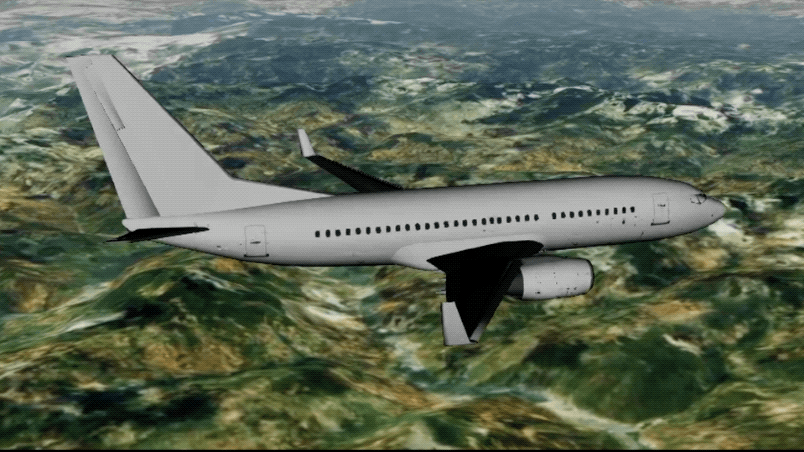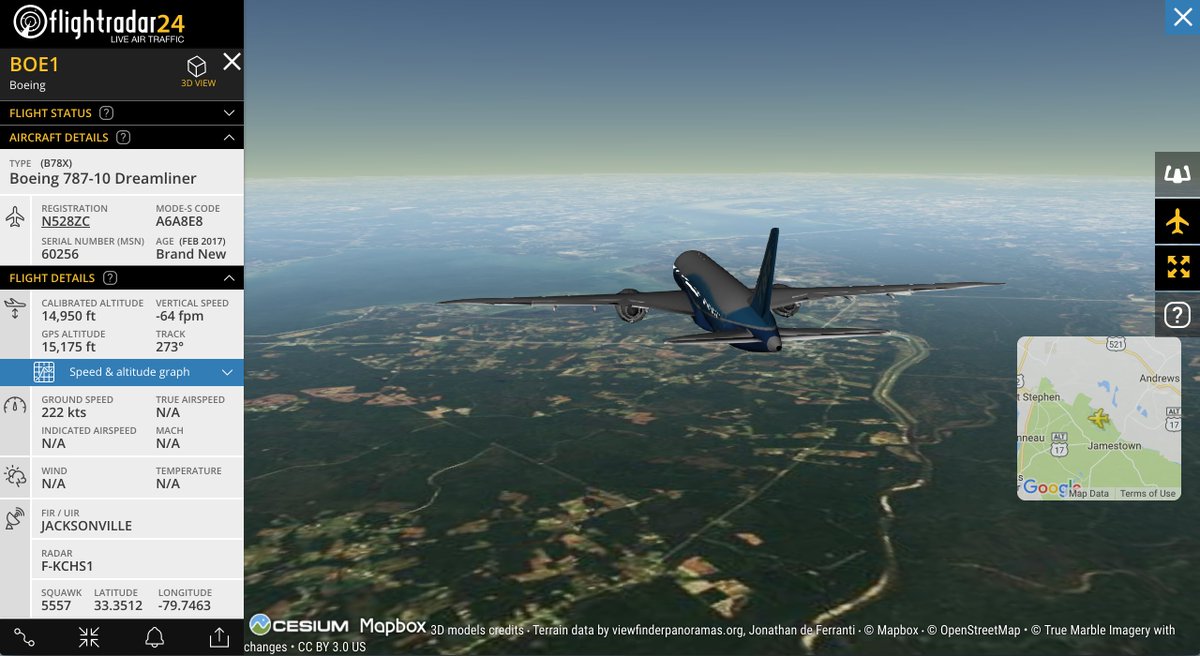
In England, civilians in the coastal regions were asked to record the registrations of German aircraft in English airspace. Plane spotting has its origins in the tracking of aircraft flights during World War II. You will find the following flight radars, amongst others: If you use the flightradar.live flight tracker, you can access the various airports quickly and easily via the menu.


This information and the aircraft type are displayed in a menu on the flight radar when you click on an aircraft.
Flight radar 24 3d view registration#
The aim for many is to see every registration worn by each aircraft of a particular airline. Plane spotters are particularly interested in the plane’s registration, which is much like a car’s licence plate. Plane spotters may have collections of thousands of pictures of aircraft from hundreds of airlines, which have usually been taken at many different national and international airports. They are known as plane spotters and they are experts at flight tracking.

You’re sure to have seen them before the aviation enthusiasts who visit airports with cameras and large lenses. There are many reasons why somebody might wish to use a sky scanner to track a flight and discover details about the altitude or plane. Others may just want to see when a family member’s flight actually takes off. These may be plane enthusiasts or people who need the information for their hobby. Who is using the flight radar or sky scanners to track flights?Ī lot of people find it interesting to track flights using flightradar.live. This function was temporarily unavailable for flight tracking, but has been reinstalled as part of a complete overhaul of the entire website. The cockpit view makes you feel as though you’re actually inside the plane. A view based on Google Earth has been used since spring 2013. The transmitted location data of the aircraft in question is correlated with further information about the aircraft type and route, and is displayed on a map. Most modern civil aviation aircraft – and some military aircraft – today are equipped with these devices. The signals emitted by ADS-B transmitters are received by ground-based ADS-B receivers and transmitted to the Flightradar24 network over the Internet for radar spotting purposes. The real-time aircraft location information shown here for flight tracking purposes is an online service provided by, which is operated by Stockholm-based sky scanner company Flightradar24 AB. Where does the flight tracking data come from? At the very bottom you will see the latitude and longitude. You will also find additional data, such as altitude, airspeed and information about the flight radar. Here you will find information about the route, the departure and arrival times as well as the current flight status. The details in the grey area are relevant for flight tracking. Below the picture, you will once again see the aircraft name and the airline. There may be several pictures of the same aircraft type. At the top, you will see the type of aircraft and, if you click on the image, you can view the aircraft image in full-screen mode. If you click on the aircraft, a menu opens to the left of the flight radar. The map tool includes selection tools that allow users to choose individual or multiple sites and begin the ordering process for historical data in NCEI's Radar Data Archive.If you want to track a flight, you simply place the cursor over a yellow plane and the flight number will be displayed. Please visit the NOAA's Radar Operations Center for more information. The Interactive Radar Map Tool shows map layers at the maximum distance (230 km), as well as maps derived from geospatial models that provide views of areas blocked by mountains. However, mountains can block the lower sweeps of the radar beam. The typical range of most radar products is 230 km from the radar site.

The map tool includes layers at 4,000 feet (best coverage), 6,000 feet (better coverage), and 10,000 feet (fair coverage). The analysis conducted by NOAA's Radar Operations Center shows the availability of beam coverage at specified altitudes from the ground.


 0 kommentar(er)
0 kommentar(er)
